The Opuntia Monacantha, commonly called Monducuru, is a bush cactus that can be up to six meters tall if it is in its natural habitat. The trunk of the cup and branches can be differentiated without much trouble. The trunk may be about fifteen centimeters in diameter, while the cup is densely branched from the oval blades or oblongs so peculiar to the opuntias. They are characterized by being narrow at the base and between ten and thirty centimeters in length. They are usually bright green in color, but sometimes have yellowish and whitish veins, but this occurs almost exclusively in varietal variety.
If we look at it well, we can also see that it has tiny leaves, two to three millimeters in length. Areoles are very treacherous, be careful because, if you manipulate this plant without any protection in your hands, you can end your fingers filled with those invisible spikes that cost so much to remove (what is called glochids). They are woolly and brown. It has spines that are very solitary, totally straight and can measure one to four centimeters in length, ranging from yellowish-brown to dark reddish brown.
As for the flowers, they arise from May to June. They can be yellow or reddish, between seven and eight centimeters in diameter and very open. Then, when the flower has already passed, an eight centimeters of red fruit emerges, which is quite persistent, that is, it lasts quite a long time past the cactus before it falls to the ground. Both this Opuntia and all other varieties are very easy to reproduce. It can be done both by seed and asexually, which basically means that only one shovel is broken and the ground touched and no one manipulates it, it is already capable of taking roots.
It is a kind of light, which requires intense and direct illuminations. It does not support soils that can be easily drained or those that are badly drained. Irrigation must be abundant in summer and spring and be scarce or null in winter. Once every fortnight in spring, once a week in summer and last once a month in autumn, then stop irrigating until the following spring.
One thing I find very negative is that since at least the 19th century it has been widespread in Cuba, India, South Africa and Australia. More recently, it has spread throughout the United States. It is an invasive plant in arid areas, where it can compete advantageously with indigenous vegetation, displacing it or preventing its regeneration, and this is a serious problem.
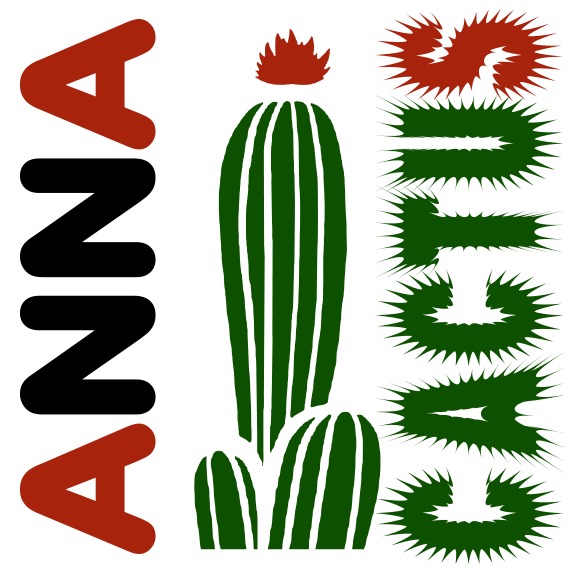
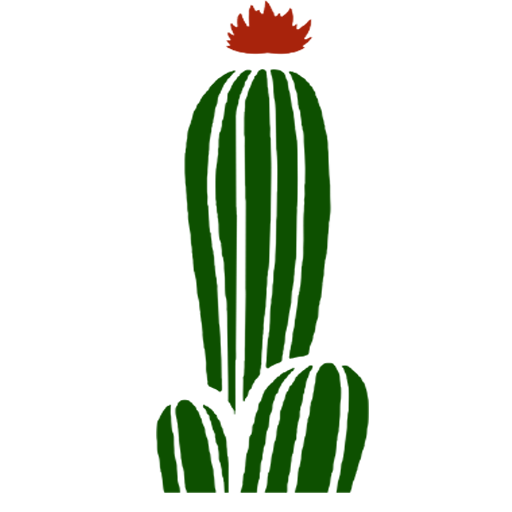
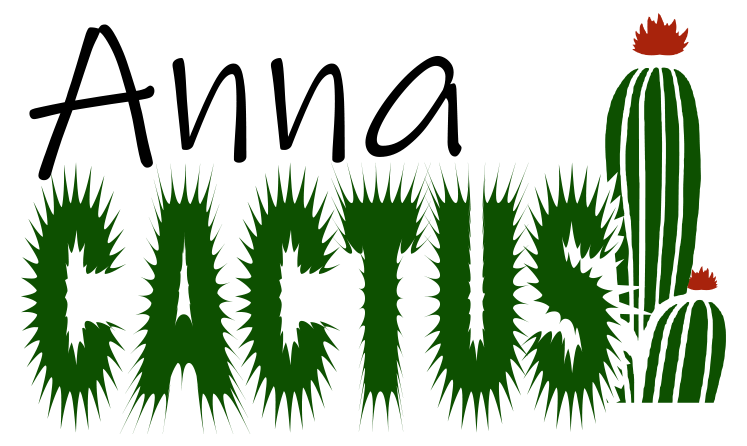

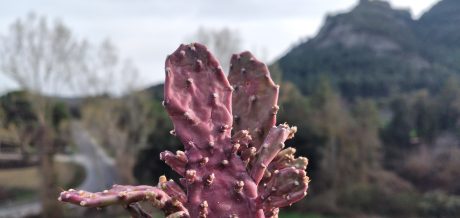
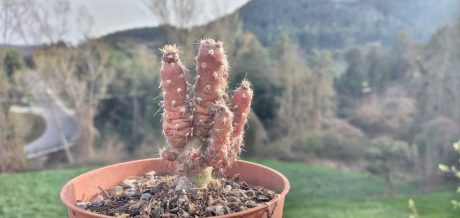
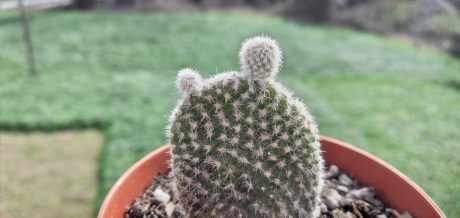

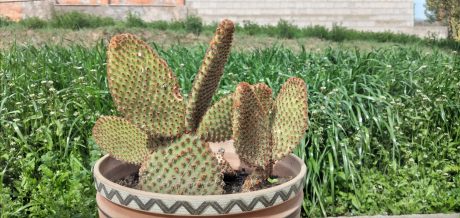
Reviews
There are no reviews yet.